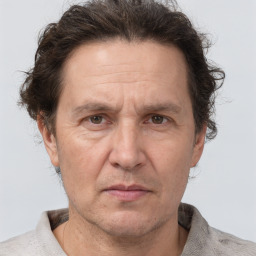Civitaquana
Civitaquana: an Abruzzese municipality with a Roman past
Civitaquana, also known as "Cetacquàne" in Abruzzese dialect, is an Italian municipality in the province of Pescara, located in the Abruzzo region. The village has a long history dating back to the 11th century, when it was founded with the remains of ancient Rome. Until the proclamation of the unity of Italy, Civitaquana belonged to the diocese of Penne. In the territory of the municipality, at the end of the 11th century, the castle of Sculcola is attested, donated by various Teatine and Norman counts to the bishop of the diocese. In 1111, Trasmondo, son of Rainaldo, appears as Lord of the castle, present this year at the convention held on the Island of Pescara near the abbey of San Clemente in Casauria, for the redefinition of the geo-political structure of the area, subsequent to the Norman conquest.
Symbols and honors
The coat of arms and the banner of Civitaquana were granted by decree of the President of the Republic in 2002. The banner is a red cloth with a border of blue. The municipality received the Silver Medal for Civil Merit in 2009, in recognition of the courage and generous solidarity of the population during the Second World War, when Civitaquana was the seat of the German Command and suffered round-ups, requisitions, and heavy bombing, which caused the destruction of the town center, the death of dozens of citizens, and many wounded.

Monuments and places of interest
The Church of Santa Maria delle Grazie is a national monument located in Civitaquana. Dating back to the 12th century, the church was restored in the 1930s, with the addition of Baroque elements. It has a three-aisled nave without a transept with three apses. The facade is marked by an order of pilasters that recall the Lombard Romanesque style. The interior preserves the cross vaults and has a lunette with a fresco of Christ Pantocrator. The Leognani Castriota - Leognani Fieramosca Palace, built in the eighteenth century, has a facade divided into two sections with frames and two orders of windows, broken in the center of the palace by an autonomous order that starts from the central portal.
Society and administration
The population of Civitaquana has undergone demographic changes in recent decades and, according to the 2018 census, had inhabitants. The administration is composed of the mayor and the Municipal Council, who are responsible for managing the local activities and economy of the municipality.
Notes and bibliography
In the "Notes" section, the sources used for the text are listed. Among these, a complete bibliography is included.
Other projects and external links
Civitaquana is featured in numerous projects and external links, such as tourist itineraries, maps, and online guides. The municipality also has an institutional website, where news and information on local activities and events can be found.
